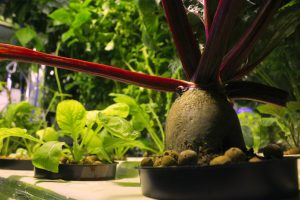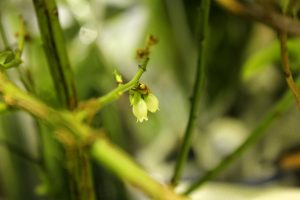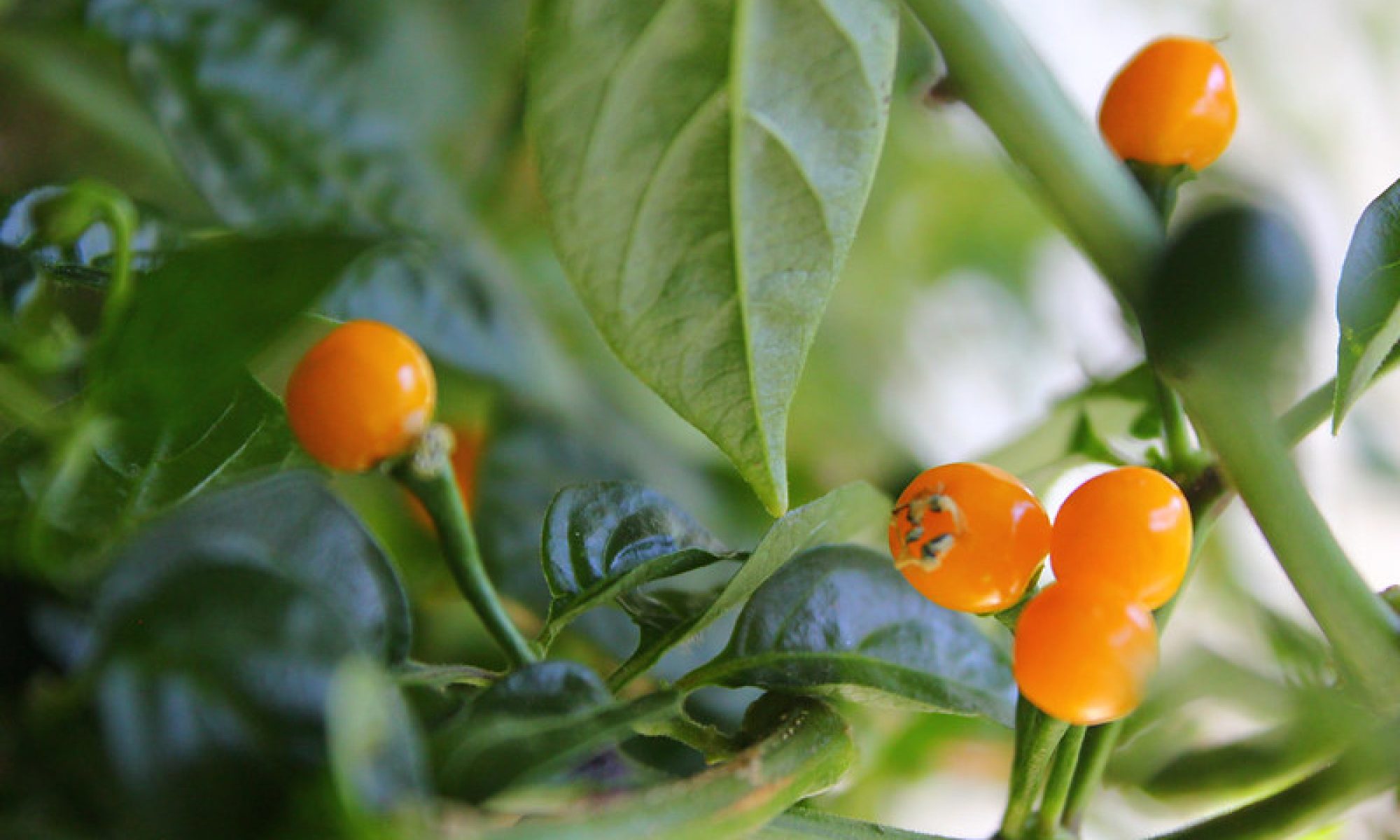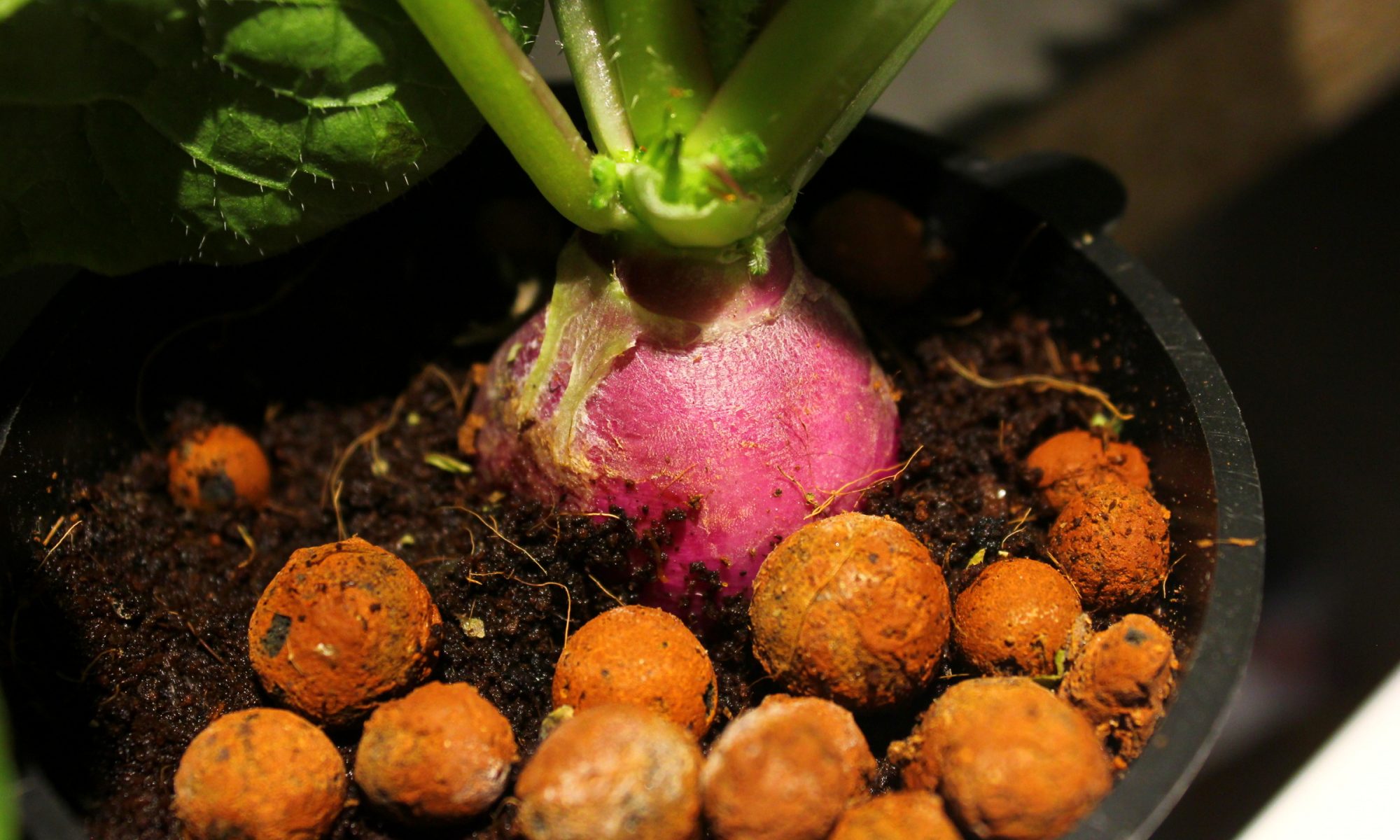Album: Winter 2018, Indoor Aeroponics
The carousel is powered by flickr embed.

Aeroponics has been put forward by NASA as one of the greatest ecological solution for the future of agriculture and food security. We feel blessed to be experimenting a technic with such high potentials. In 2005, I was sitting in a Hubert Reeves conference in which he was asking: "What are we going to eat tomorrow?" In the last decade, issues like the loss of arable lands, desertification, food transportation and water pollution are a painful reality-check about our consumption wasteful ways. Solutions come in many forms mostly by looking at ways to do more by using less, reusing more and wasting less. Aeroponics and vertical farming have been developed in this exact context. Aeroponic vertical farming advantages In the 1990's, NASA researches proved High Pressure Aeroponics (HPA) was the most water and nutrient efficient growing technic that can sustain any types of plants, even trees. Since then, no better technic has been developed, it has only been improved with better yields and better results. HPA is achieved with a high pressure pump (80-110 psi) and misting nozzles that gently give nutrient solutions to plants' roots through an ideal of 50 microns droplets. It is a delicate technic that can easily go wrong but when done well, the results are uncomparable to other horticultural methods.
View full post
- Because nutrients are easily available, plants spend less energy on their root systems so they grow faster, are healthier and produce more yields
- "Aeroponics systems can reduce water usage by 98%, fertilizer usage by 60%, and pesticide usage by 100%" - NASA, 2007
- Vertical farming uses about 1/10 of the conventional agricultural space, therefore it releases pressure on lands and natural habitats
- Urban farming reduces food transportation as it is set up close to population density
View full post

We have been experimenting aeroponics and photo documenting our progress for more than a year now. During the 2017 winter, our vertical setup was in a countryside home with a majestic 14 feet high solarium. This winter, being back in the city, we have been working in a much smaller space with no natural light. This forced us to become more efficient and we are having as much if not even more fun growing our fresh vegetables. We built our garden in a 4 feet wide hallway with mylar papers. On the ceiling we have a fan, a cooltube, an electronic ballast and a 600W Hortilux Super HPS. The first aeroponic table on top is were we put all the fruiting plants and raddishes. Underneath it we setted up six T-5 sunblaster neons. The second aeroponic table sits there filled with herbs, lettuces and young plants that will eventually move on the top table. We started growing early January and already harvested raddishes, lettuces, peppers, beans and ground cherries. We use Advanced Nutrients for our recipe. We should change our soup every week but to reduce cost and push our experimentations further, we change it every month. This should limits our results but we still succeed with impressive grow rates. One of the way we achieve this is by monitoring the plants closely and adding specific nutrients at first signs of a deficiency. Two weeks ago, we added blueberry plants that had been sleeping for two months in a soil pot. We washed all the roots with icy water and put the main plant and its babies in 3 inch coco pots that fits in our aeroponic tables. The first leaves started growing after 5-7 days. But to our most surprised delight, the aeroponic spring brought us our first blueberry FLOWERS yesterday! We are very excited to see where this leads and we hope you will be pleased to follow our progress. ...
View full post
View full post


